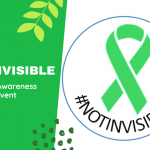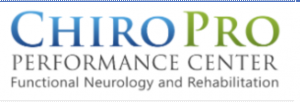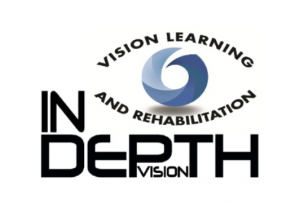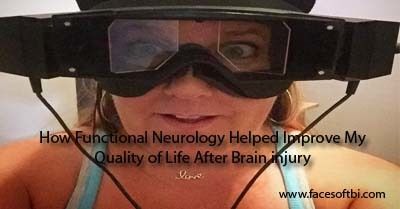In the realm of health and wellness, few topics have garnered as much attention in recent years as intermittent fasting. Its proponents tout its benefits, ranging from weight loss to improved blood sugar regulation. But what about its effects on brain health? In this insightful conversation with Dr. Perry Maynard from Integrated Brain Centers in Denver, Colorado, we delve into the world of intermittent fasting and its potential impact on individuals, particularly those recovering from brain injuries.
Defining Intermittent Fasting: Intermittent fasting involves cycles of eating and fasting within specific timeframes. Dr. Maynard explains that there are various approaches, ranging from shorter fasting periods (12-18 hours) to more extended periods. The aim is to encourage the body to switch to alternative energy sources when glucose stores are depleted. This is particularly relevant for brain health, as it can help stabilize energy levels during metabolic crises associated with brain injuries.
Ketosis and Brain Recovery: Dr. Maynard highlights the significance of ketone bodies in brain recovery, particularly after a traumatic brain injury. During a brain injury, there’s a metabolic crisis that can lead to hypo metabolism and energy instability. Ketones, produced during fasting or ketogenic diets, offer an alternative fuel source for brain cells, potentially aiding in stabilizing brain energy levels and reducing hyper-excitability.
Intermittent Fasting vs. Ketogenic Diet: The conversation shifts to the distinction between intermittent fasting and ketogenic diets. While both can lead to improved insulin sensitivity, weight loss, and reduced inflammation, Dr. Maynard suggests that intermittent fasting, on its own, may not always result in entering a ketogenic state. Individuals aiming for the benefits of ketosis might find intermittent fasting to be a helpful tool when combined with a ketogenic diet.
Tailoring to Individual Goals: Dr. Maynard emphasizes that health and wellness strategies, including intermittent fasting, must be personalized to individual goals. He acknowledges the proposed benefits of intermittent fasting, such as improved blood sugar regulation, but notes that its effectiveness varies among individuals. For some, the additional stress of fasting might not be suitable, especially for those trying to recover from chronic health issues or brain injuries.
Strategies for Optimal Brain Health: Dr. Maynard’s insights lead to several key takeaways for optimizing brain health:
- Prioritize protein and fat-rich breakfasts to stabilize energy levels throughout the day.
- Consider discontinuing eating 2-3 hours before bedtime to enhance sleep quality.
- Tailor eating patterns to suit personal goals, whether they involve recovery, muscle gain, or weight loss.
- Utilize wearable devices like smartwatches or activity trackers to monitor sleep patterns and make informed adjustments.
Conclusion: Intermittent fasting is indeed a buzzword in the health world, but as Dr. Perry Maynard’s expertise illustrates, its benefits are nuanced and should be viewed through the lens of individual needs. While intermittent fasting has the potential to offer metabolic advantages, its suitability for brain recovery varies from person to person. As with any health strategy, personalized approaches that prioritize balanced nutrition and energy stability are crucial for achieving optimal brain health.
If you’re enjoying these TBI Talks, please consider supporting it for $5 a month with a Patreon membership.

 In celebration of the 200
In celebration of the 200 Thank you to our amazing presenters as well as the cast and crew from
Thank you to our amazing presenters as well as the cast and crew from 





 I was recently interviewed by
I was recently interviewed by 
